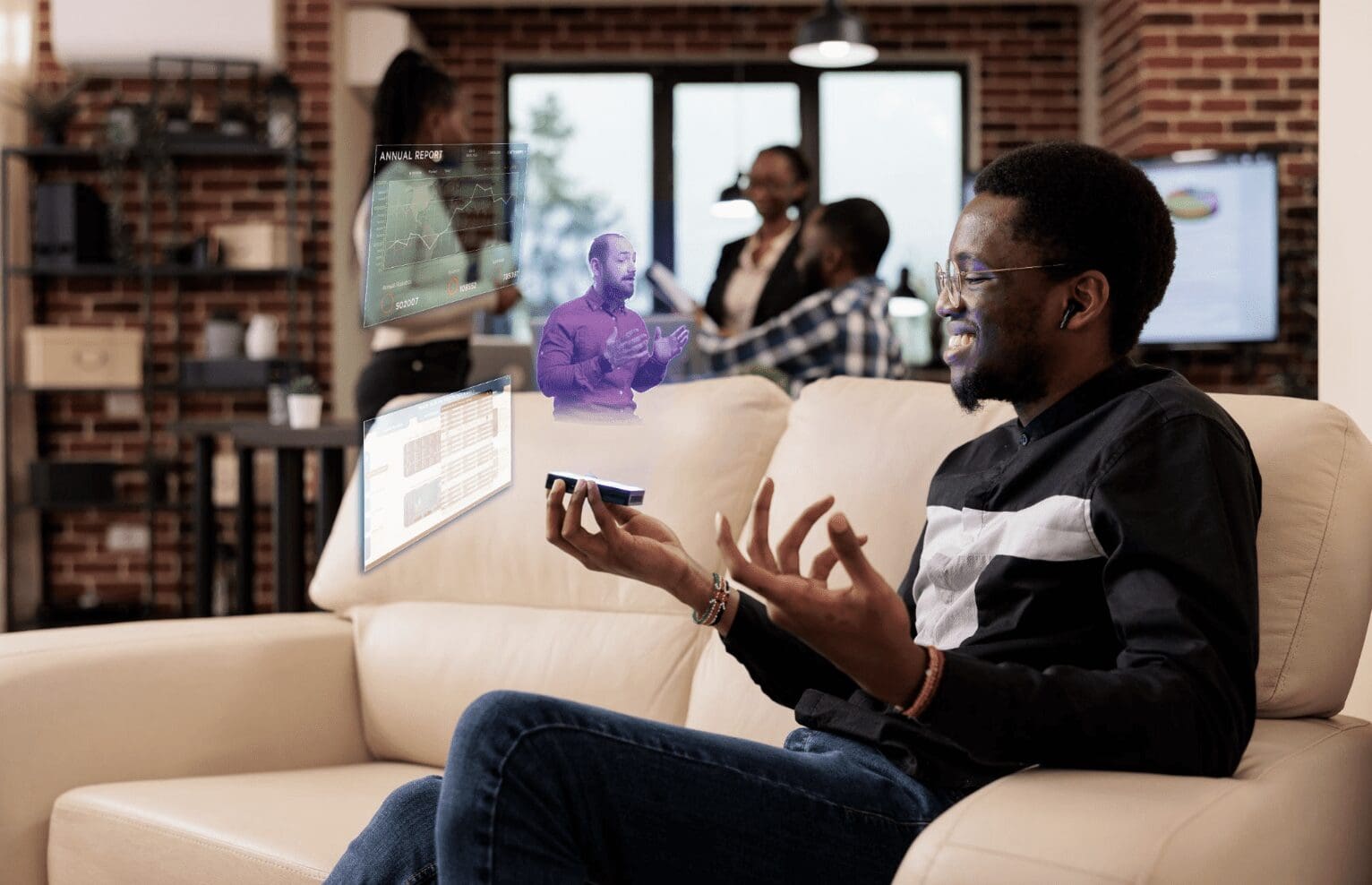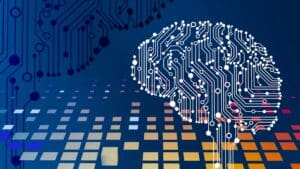By: KIKO LLANERA, SANDREA RIZZI, JOSÉ A. ÁLVAREZ
See original post here.
If you ask the ChatGPT artificial intelligence (AI) system a question about its own leading role in a technological revolution, the first part of its answer is fairly unimpressive: “It’s underway and expected to have a significant impact on many sectors.” But then ChatGPT goes on to say, “Its potential is enormous, but also raises ethical concerns.” That’s the feeling shared by most tech experts.
Mary Shelley wrote Frankenstein more than 200 years ago, and humanity has been striving for decades to develop real-life artificial intelligence. But the launch of ChatGPT two months ago marks the first time an artificial intelligence system touched ordinary lives due to its ability to understand and respond to prompts written in ordinary sentences – natural language.
ChatGPT is still in its infancy and buggy – they call it a “research release” – but its enormous potential is astonishing. ChatGPT is just the first wave of a larger AI tsunami, with capabilities unimaginable just 10 years ago. Satya Nadella, Microsoft’s chairman and CEO, said at the World Economic Forum’s Annual Meeting in Davos on January 18 that we are witnessing “the emergence of a whole new set of technologies that will be revolutionary.” Five days later, his company announced a second billion-dollar investment in OpenAI, the creator of ChatGPT. The revolution Nadella envisions could affect almost every aspect of life and provide extraordinary benefits, along with some significant risks. It will transform how we work, how we learn, how nations interact, and how we define art. “AI will transform the world,” concluded a 2021 report by the US National Security Commission on Artificial Intelligence.
What does this new technology do?
The first rumblings of the revolution began just a few months ago with the widespread release of powerful AI systems trained on massive amounts of data that are capable of generating accurate, coherent text and spectacular images. To better understand and explain its potential, we conducted a few tests of ChatGPT. Using this system is different than doing a Google search because of the fluency of the response. When asked, “Who is Barack Obama?” ChatGPT replies:
But it can also conduct a conversation, and comprehends our instruction to provide an answer with emoticons and in language a 10-year-old can understand.
It is easy to imagine how useful this can be – what if Alexa or Siri were smarter? Or if you could talk to your laptop? We could ask Microsoft Word to summarize this article using a voice command. Or we could tell a web page, “I can’t read this – make the font larger.” ChatGPT is already capable of answering difficult questions. For example, a couple going through a divorce might ask for advice on how to tell their young daughter.
It’s not hard to envision the strange future ahead. For example, an elderly person seeking help could ask, “I’m 80 years old and I don’t understand Instagram, can you explain it to me?”
ChatGPT has some obvious flaws and it’s not a finished product, as co-creator Sam Altman readily admitted on Twitter: “It’s incredibly limited, but good enough at some things to give a misleading impression of greatness… It does know a lot, but the danger is that it is confident and wrong a significant fraction of the time.” Altman acknowledged the same serious limitation noted by other experts – ChatGPT hallucinates, makes up answers and fails to distinguish between what is real and what only appears to be real. Still, this is just the beginning. Microsoft’s Nadella noted at the Davos meeting that the program is moving forward very quickly with “non-linear evolution,” and demonstrates “an emerging capability.”
New ChatGPT releases (GPT-4) and potential rivals are expected in the coming months. Google’s DeepMind has a chatbot called Sparrow that might be unveiled soon. DeepMind was bought by Google in 2014 and has had several impressive AI successes in recent years. In 2015, it demonstrated the first AI system capable of beating a professional Go player. Last year, DeepMind’s AlphaFold tool achieved AI’s greatest scientific achievement to date by predicting the structure of almost every protein known to science, some of which are essential to understanding devastating diseases like Alzheimer’s and Parkinson’s.
The AI investments by Microsoft and Google are not spontaneous or one-off decisions, but the latest steps in a decade-long journey. Around 2010, neural network technology finally achieved some significant breakthroughs, and private investment in this field rose from $10 billion to $160 billion between 2013 and 2021.
The technology is backed by some serious scientific credentials. Three pioneers in the AI field – Yoshua Bengio, Geoffrey Hinton and Yann LeCun – won the Turing Award Prize in 2019, the top prize in computer science. In 2021, the same scientists and Demis Hassabis received Spain’s Princess of Asturias award to individuals, entities or organizations who make notable achievements in the sciences, humanities, and public affairs. The AI systems emerging today are the tangible products of their ideas and theories.
A flood of new AI-enabled tools is anticipated. Many programmers already use Copilot, a virtual assistant that writes programming code based on natural-language instructions. Notion, a popular productivity and note-taking web application, now has the ability to summarize text, translate it to other languages, and suggest ideas.
There are also AI tools for creating images. We instructed one such tool, Midjourney, to “Draw a little boy in a red coat, standing with his back to the camera, looking at a large, streaming screen with a futuristic abstract frame, created with a digital charcoal brush and inspired by another image uploaded by Fran Pulido, our illustrator.”
That was just one example – these tools will draw whatever you ask them to draw. In fact, users need to be always mindful of protecting their own images and intellectual property rights. These image-generating applications accept user commands and then generate the corresponding images. The interactive demonstration below shows how you can use three image-generating tools to instantly produce illustrations by choosing a subject, location and style.


















